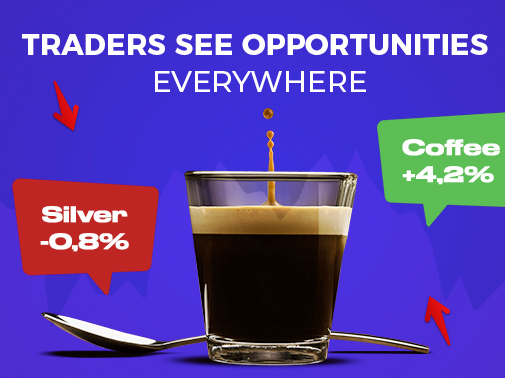Introduction
In the dynamic world of financial markets, option trading stands as a powerful tool that can potentially enhance your investment returns and manage risk. However, the intricacies of options often leave many investors scratching their heads. This article aims to demystify the complexities of option trading, presenting it in layman’s terms to empower you with a comprehensive understanding.

Image: www.youtube.com
Imagine your favorite sports team, let’s call them “The Thunder.” You’re confident in their abilities and predict a big win. Instead of merely cheering them on, you decide to place a bet on their victory. This is essentially the concept behind option trading: leveraging market predictions to capitalize on potential financial gains.
Basic Concepts: Unveiling the Options Toolkit
Options are contracts that grant the buyer the right, but not the obligation, to buy (in the case of call options) or sell (in the case of put options) an underlying asset at a specified price and date. The underlying assets can include stocks, commodities, currencies, or even a “basket” of assets.
Let’s say The Thunder has a game against their arch-rivals “The Storm” on Friday. You believe The Thunder will triumph. By purchasing a call option, you gain the right to buy 100 shares of The Thunder’s stock at a pre-agreed price ($10 per share) on or before Friday’s close. This option is a gamble: if The Thunder wins and the stock price rises above $10, you can exercise your right to buy the shares at the lower price and potentially make a profit. On the flip side, if The Thunder loses and the stock price falls, your option will expire worthless.
Call vs. Put: Understanding Their Differences
Call options are used when you expect the underlying asset to rise in value, allowing you to benefit from price increases. Put options, on the other hand, are employed when you anticipate a decline in the asset’s value. Using the sports analogy, a call option is akin to betting on your favorite team winning, while a put option is like hedging your bets in case they lose.
Real-World Applications: Unlocking the Power of Options
Option trading finds numerous practical applications in the realm of financial investments. They can be utilized for:

Image: www.pinterest.ca
Investment Enhancement: Amplifying Returns
Options can augment investment returns by allowing you to leverage market movements. If you’re bullish on a particular stock, purchasing a call option is akin to buying a “ticket” that gives you the potential to multiply your profits should the stock soar.
Risk Management: Minimizing Exposure
Options also play a crucial role in mitigating risk. By purchasing put options on stocks or indices you hold, you create a “safety net” that protects against potential downturns. If the market takes a tumble, the put options can cushion the blow, minimizing losses.
Income Generation: Crafting a Strategy
Options can be used to generate income through a variety of strategies. “Selling covered calls” involves selling call options against your existing stock holdings, capturing a premium while potentially benefiting from stock appreciation.
Navigating the Market: Trends and Considerations
The option trading landscape is constantly evolving. Here are a few noteworthy trends and considerations to keep in mind:
The Digital Revolution: Online Accessibility
Technology has revolutionized option trading, making it more accessible than ever before. Online platforms provide user-friendly interfaces and robust analytics, enabling individual investors to participate in this exciting market.
Impact of Economic Events: Understanding Market Dynamics
Option traders need to stay abreast of economic developments and central bank policies, as these factors can significantly impact the performance of options. Economic news and announcements can cause volatility in the underlying asset prices, affecting the value of options contracts.
Volatility as a Catalyst: Managing Uncertainty
Volatility is key in option trading. Implied volatility, a measure of expected price fluctuations, can influence the premium associated with an option. higher implied volatility typically results in higher option premiums.
Option Trading Explained Layman’S Terms
Conclusion
Option trading offers a dynamic and versatile tool for both sophisticated investors and those starting their financial journeys. By equipping yourself with this comprehensive guide, you’ve taken a significant step in understanding the nuances of this captivating realm. Embrace the knowledge, embark on further explorations, and harness the power of options to elevate your investment strategies. May your financial endeavors be rewarded with lucrative triumphs.






